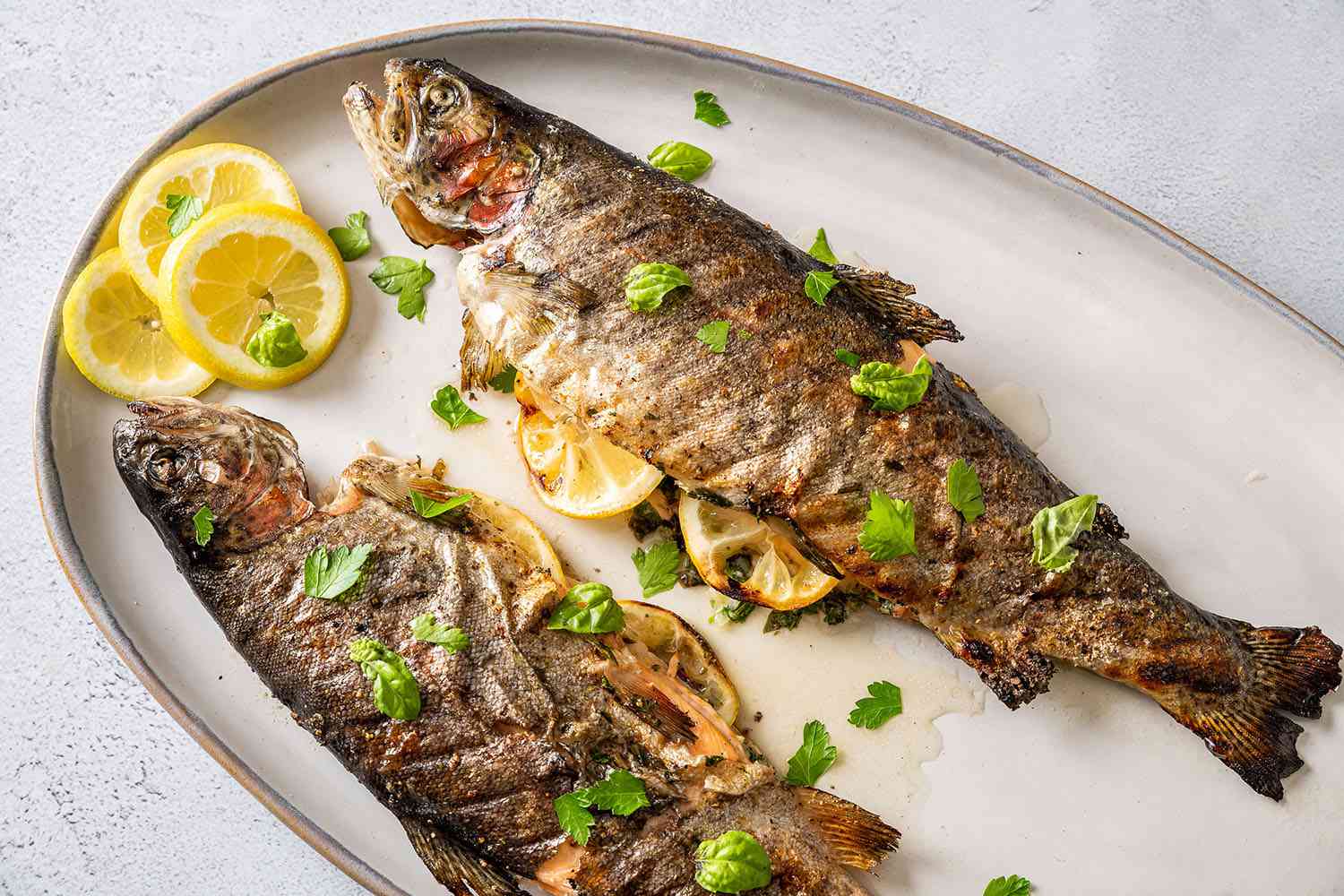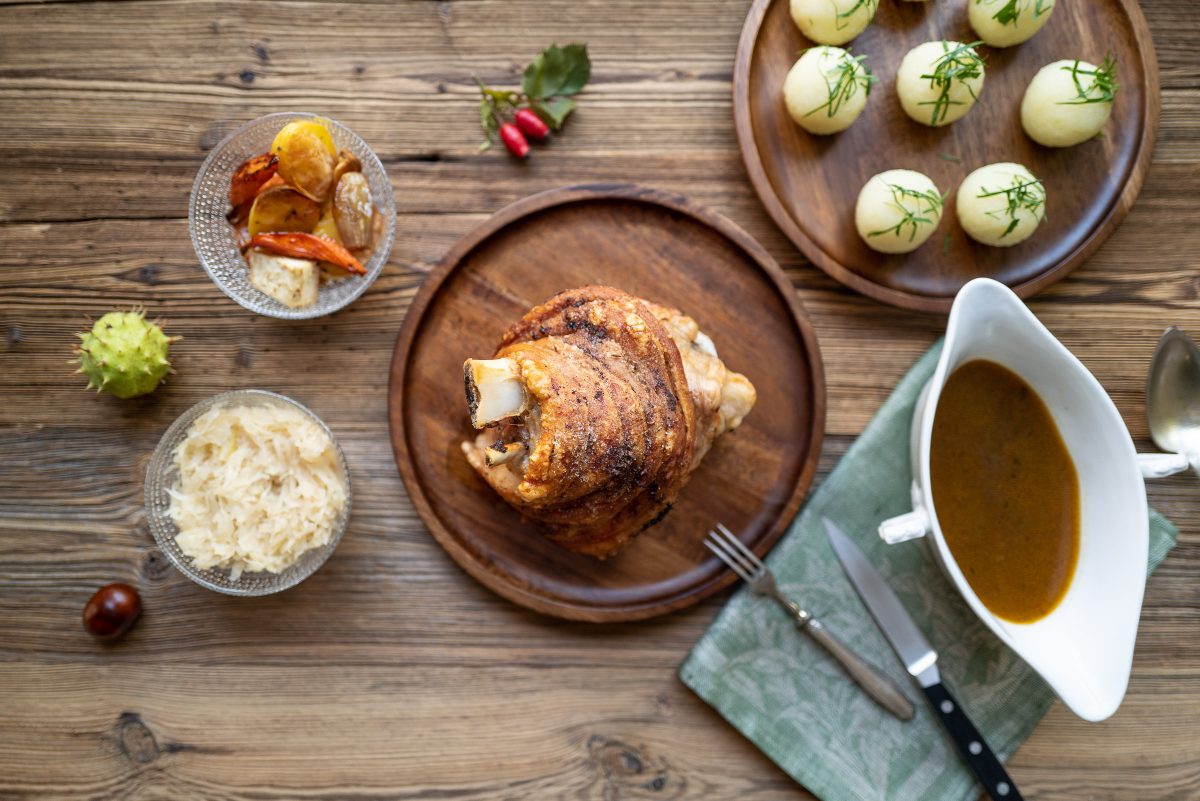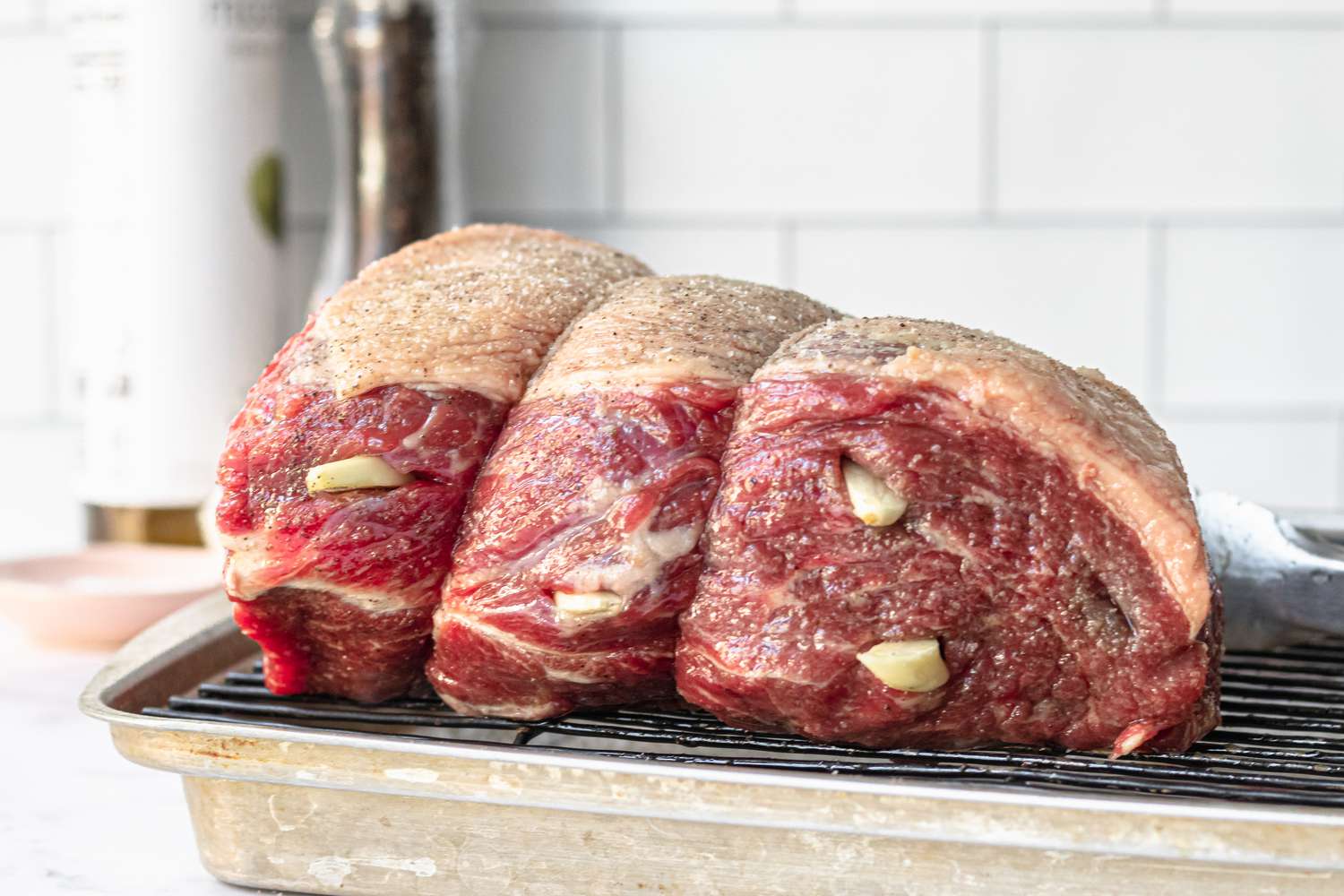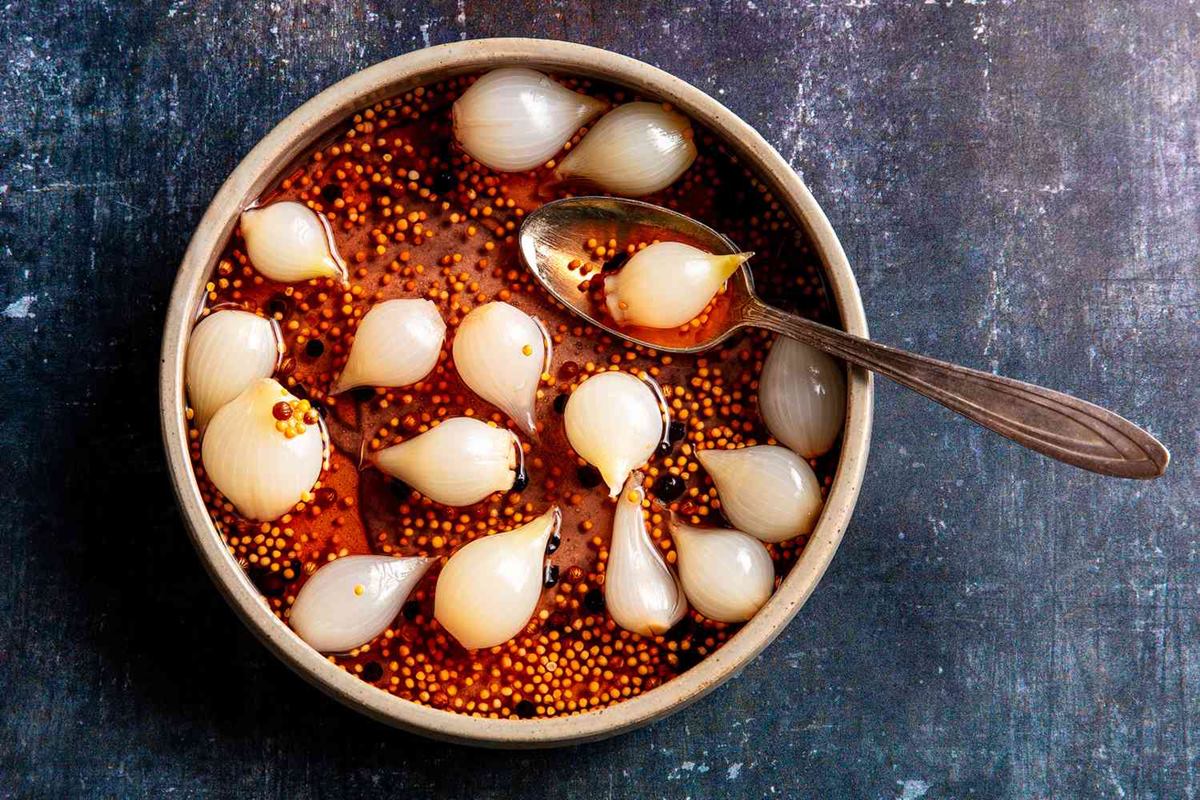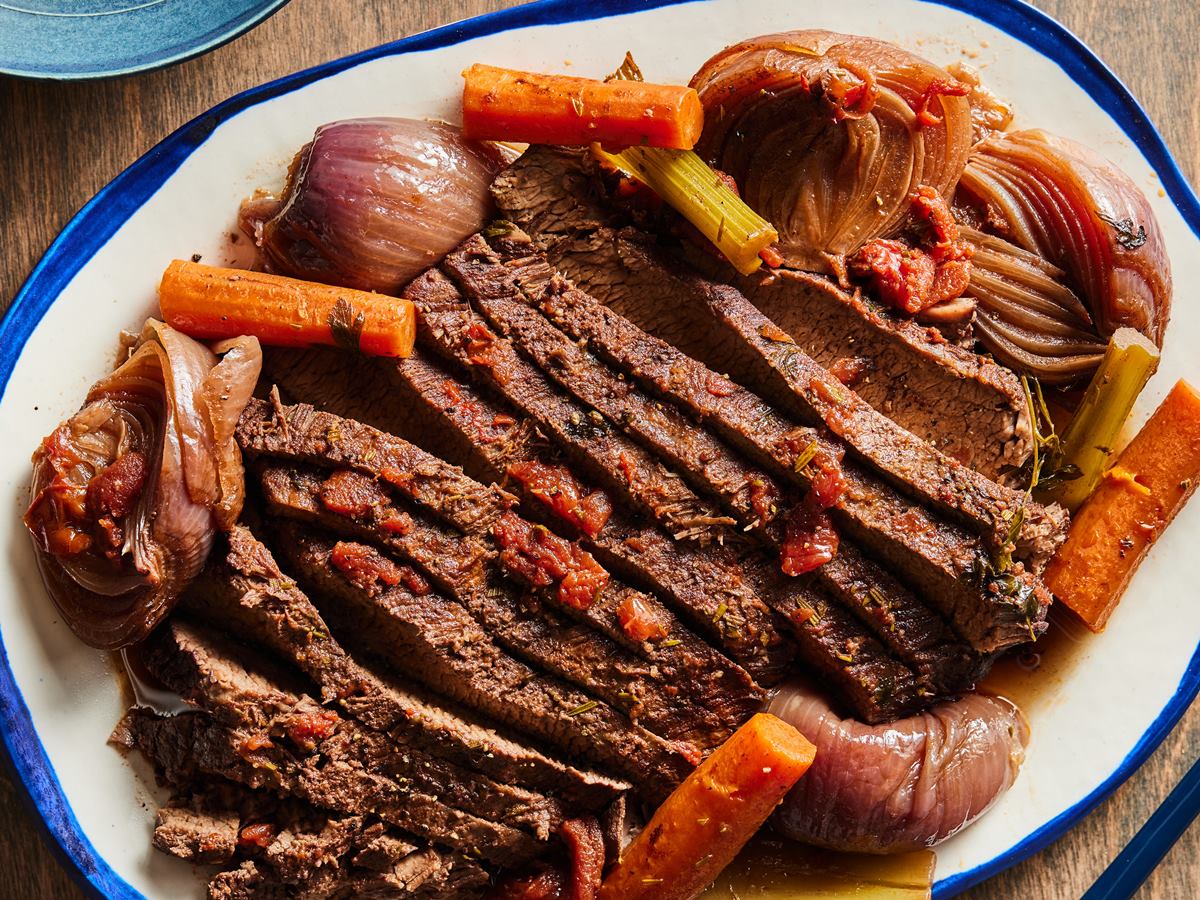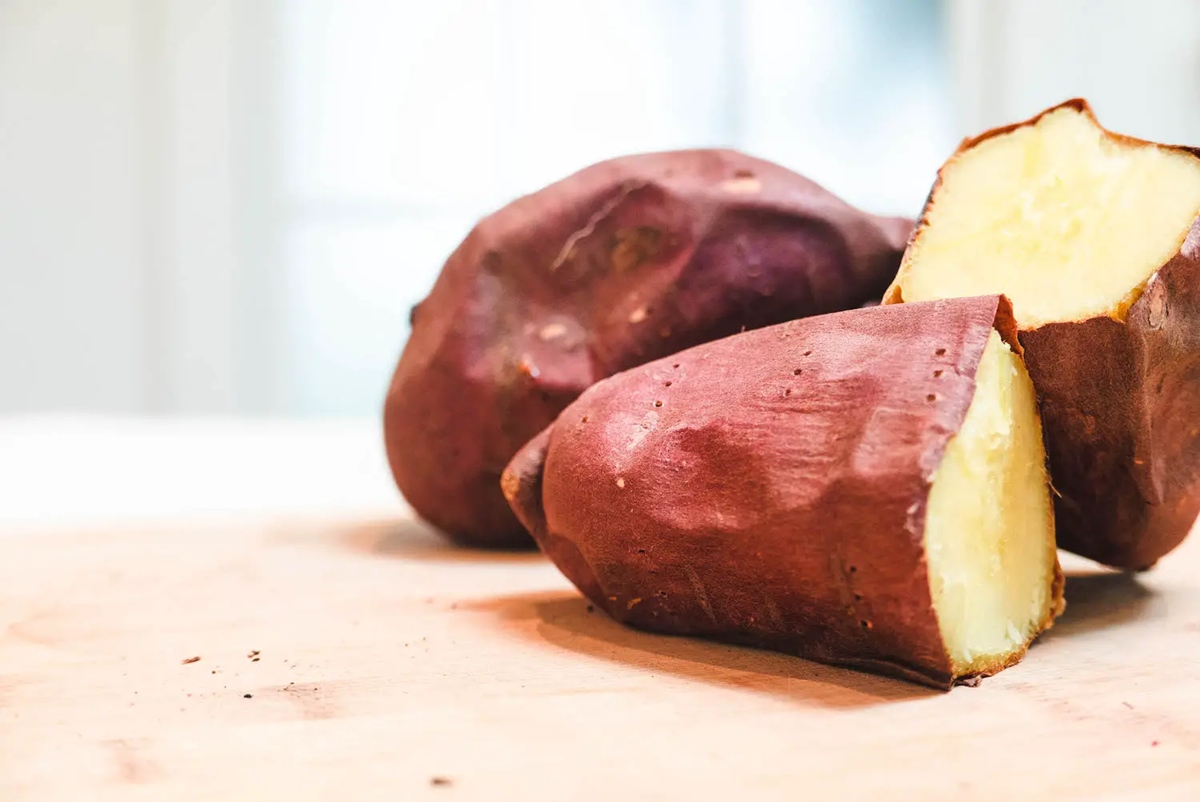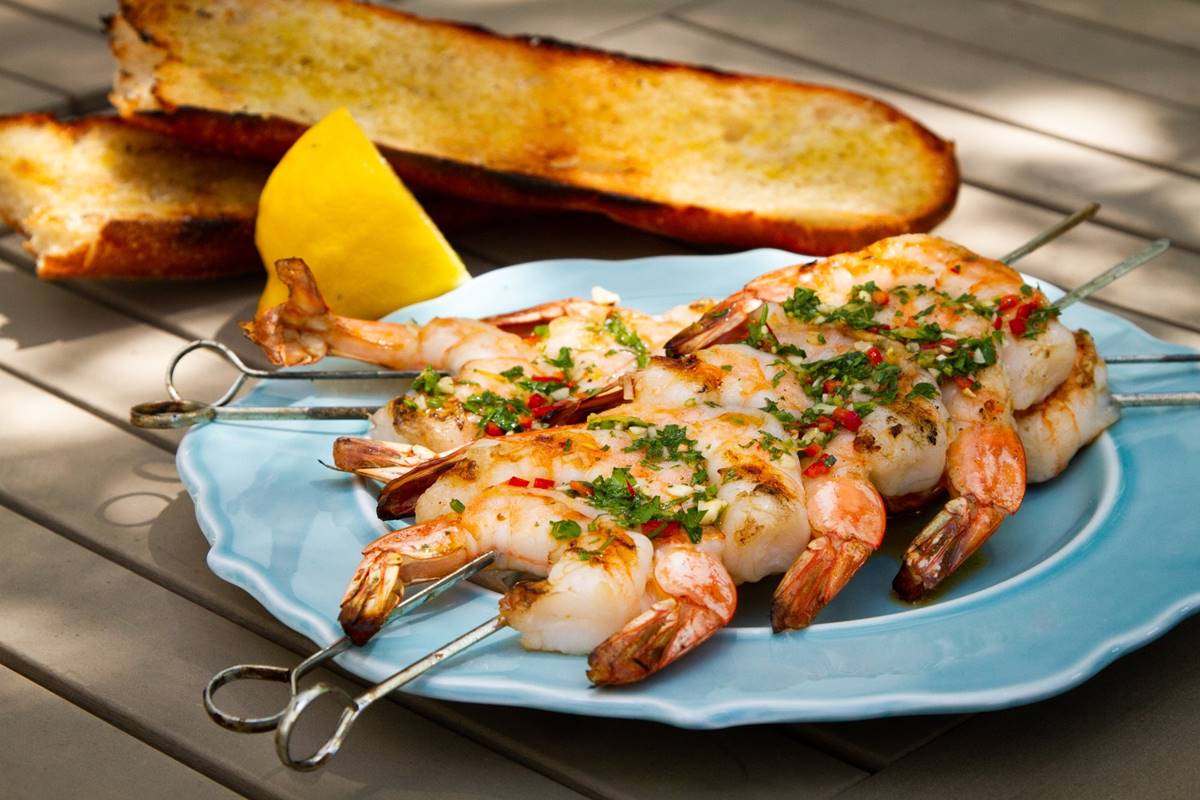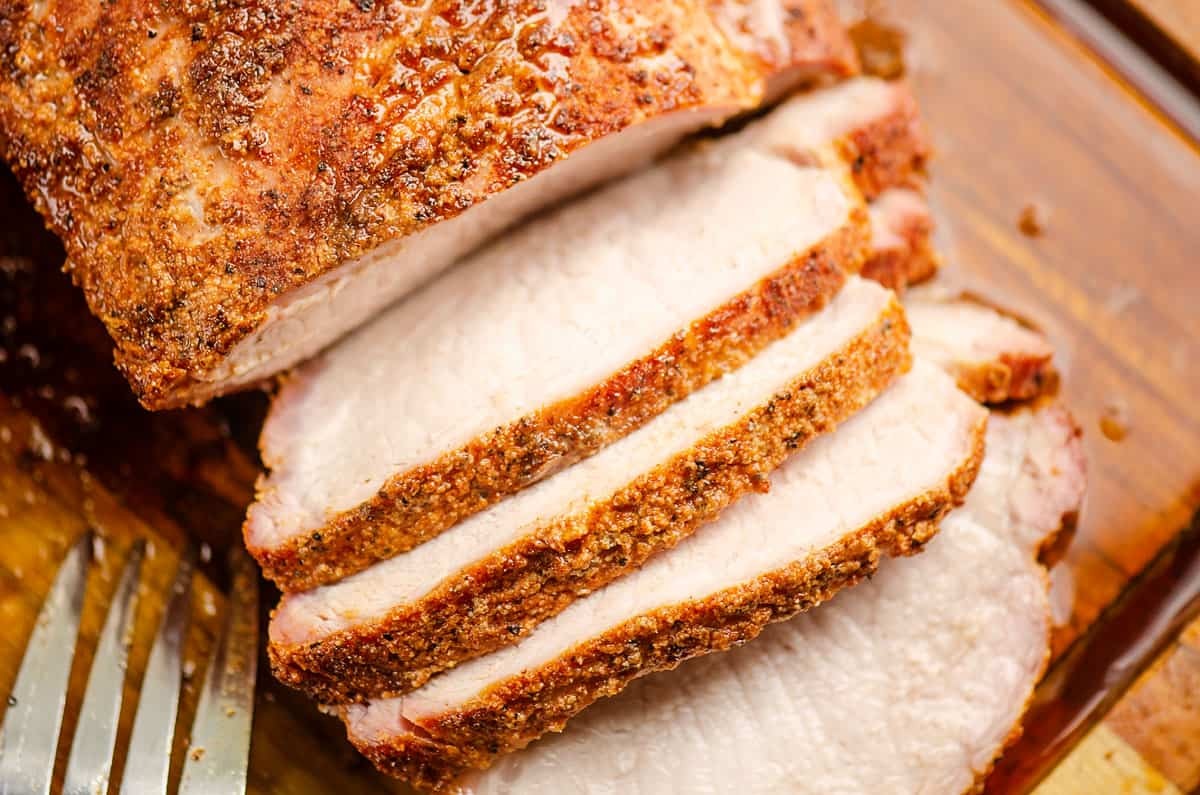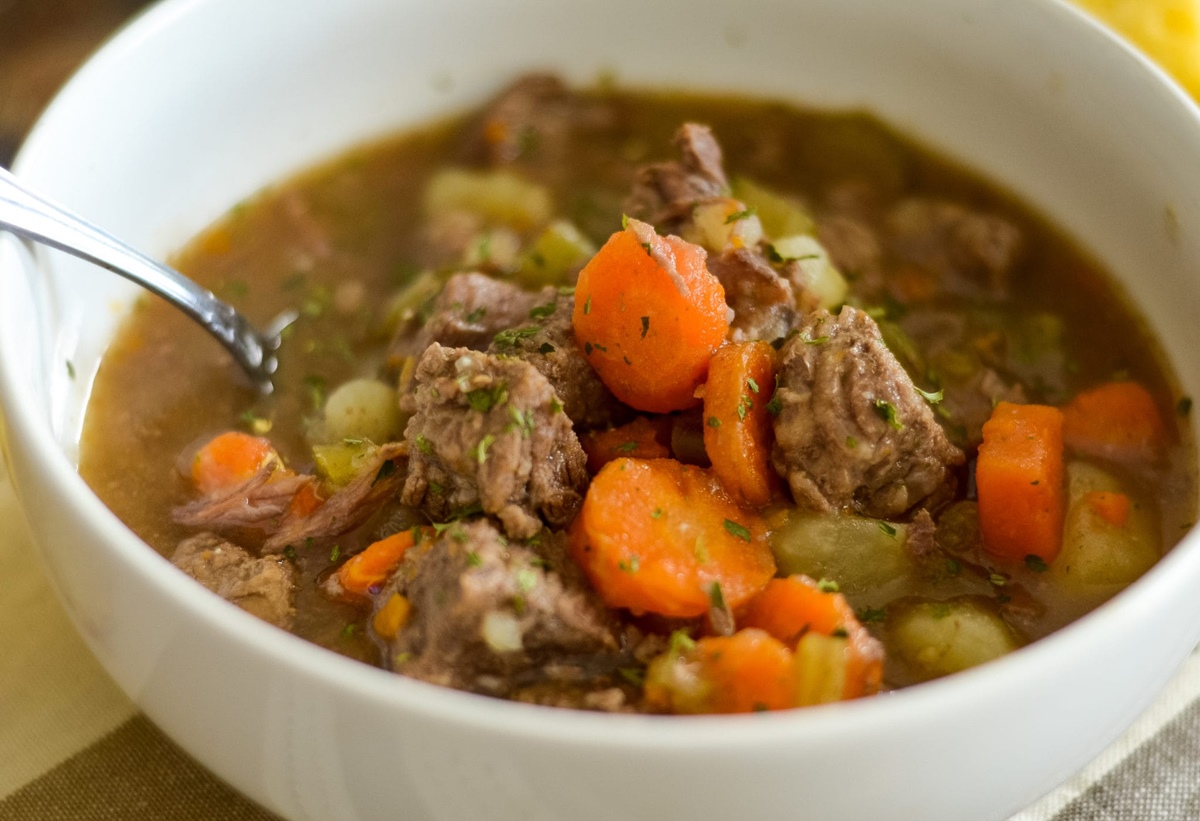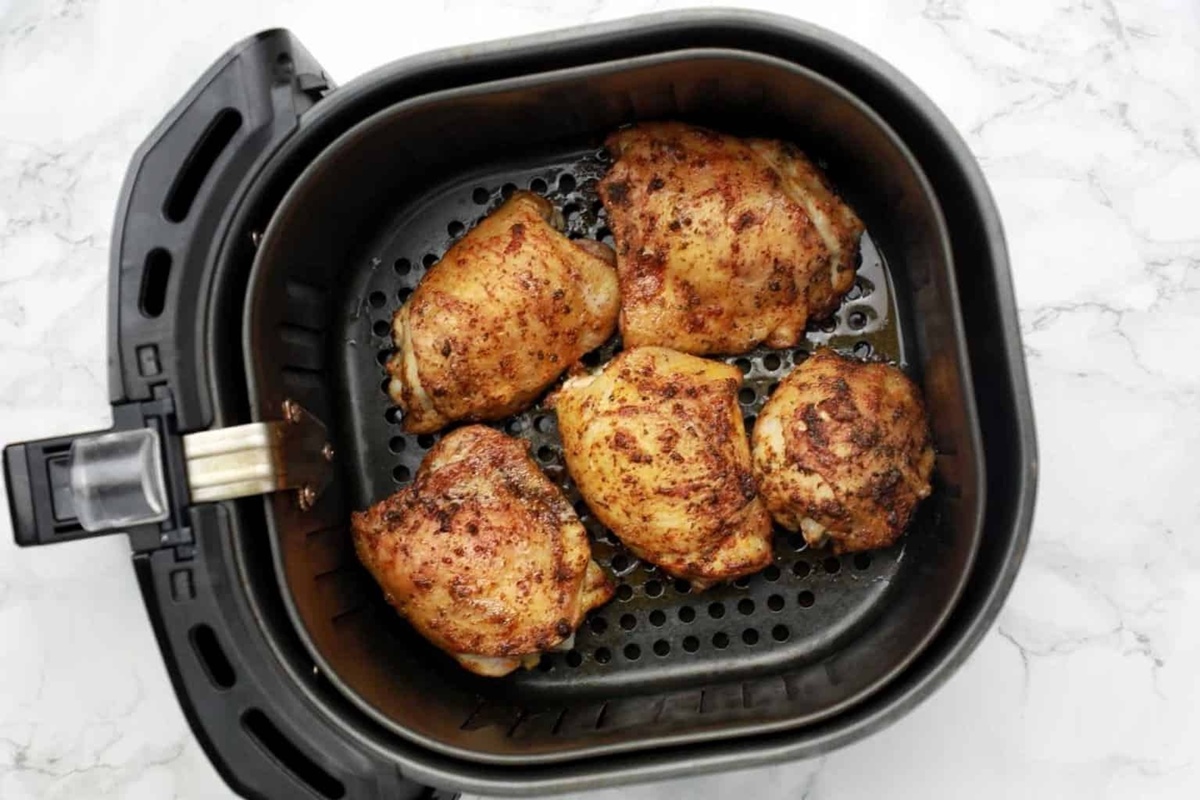Cooking wild asparagus brings a touch of the wilderness right into your kitchen. Unlike its cultivated counterpart, wild asparagus offers a more pronounced, earthy flavor that can elevate simple dishes to gourmet status. For those adventurous enough to forage or lucky enough to find it at a local market, learning how to cook this wild vegetable properly is key. From blanching to sautéing, or even roasting, there are myriad ways to prepare wild asparagus, ensuring it retains its vibrant green color and crisp texture. Let's dive into the basics of cooking wild asparagus, ensuring your culinary experiments turn out delicious every time.
Essential Ingredients for Cooking Wild Asparagus
- Fresh wild asparagus, 1 pound
- Olive oil, 2 tablespoons
- Garlic, minced, 2 cloves
- Salt, to taste
- Black pepper, freshly ground, to taste
- Lemon juice, from 1 lemon
- Parmesan cheese, grated, optional, for garnish
- Fresh herbs (such as parsley or basil), chopped, optional, for garnish
Must-Have Tools for Preparing Wild Asparagus
- Sharp Knife
- Cutting Board
- Skillet or Frying Pan
- Spatula
- Vegetable Peeler (optional for peeling tougher outer skin)
- Pot for Boiling Water
- Colander or Strainer
- Measuring Spoons
- Tongs
Cooking wild asparagus requires gentle handling. Rinse thoroughly, then steam or sauté lightly to preserve its delicate flavor. Season minimally to let its natural taste shine through.
The Benefits of Cooking Wild Asparagus
Cooking wild asparagus brings out its natural flavors and nutritional benefits. Unlike its cultivated counterpart, wild asparagus offers a richer taste and more intense nutrients. Preparing this springtime delicacy properly ensures you get the best experience both in taste and health benefits.
Harvesting wild asparagus requires keen eyes and patience, but the reward is unparalleled. This foraged food not only connects us with nature but also introduces a unique flavor to our meals. Cooking it highlights the vegetable's versatility and elevates everyday dishes to something extraordinary.
Your Guide to Cooking Wild Asparagus
Cooking Wild Asparagus: A Step-by-Step Guide
-
Identify and Harvest: Begin with locating wild asparagus in early spring. Look for them in sunny spots, often near water bodies. Use a sharp knife or scissors to cut the spears at ground level.
-
Cleaning: Rinse your wild asparagus under cold water to remove any dirt or debris. Be gentle to avoid damaging the tender spears.
-
Trimming: Snap off the woody ends of each spear by bending them until they break naturally. This ensures you're left with the most tender parts of the asparagus.
-
Blanching (Optional): For a softer texture, blanch your asparagus. Boil water in a large pot, add the asparagus, and cook for 1-2 minutes. Immediately transfer them to ice water to stop the cooking process.
-
Drying: Pat the asparagus dry with a clean towel. Removing excess moisture is crucial, especially if you plan to sauté or roast them.
-
Seasoning: Lightly coat the asparagus with olive oil. Sprinkle with salt and pepper to taste. Feel free to add other seasonings like garlic powder or lemon zest for extra flavor.
-
Cooking Methods:
- Roasting: Preheat your oven to 425°F (220°C). Arrange asparagus on a baking sheet in a single layer. Roast for 12-15 minutes until tender and slightly caramelized.
- Grilling: Preheat your grill to medium-high. Place asparagus directly on the grill or use a grill basket. Grill for 5-10 minutes, turning occasionally, until charred and tender.
- Sautéing: Heat a pan over medium heat. Add asparagus and cook for 3-5 minutes, stirring frequently, until bright green and tender.
- Steaming: Use a steamer basket over boiling water. Cover and steam the asparagus for 3-5 minutes, depending on thickness.
-
Serving: Serve your cooked wild asparagus immediately. They make a great side dish or can be added to salads, pasta, or omelets for a nutritious boost.
Remember, wild asparagus has a more pronounced flavor compared to its cultivated counterpart. Adjust seasoning and cooking times based on the thickness of the spears and your personal taste preferences. Enjoy the fresh, earthy taste of wild asparagus with your favorite dishes.
Mastering Wild Asparagus Dishes
Cooking wild asparagus is an adventure in flavors that brings a touch of the wild right to your dinner table. With its unique taste and texture, this springtime delicacy can elevate any meal from ordinary to extraordinary. Remember, the key to unlocking its full potential lies in simplicity and attention to detail. Whether you're sautéing, roasting, or incorporating it into a sophisticated dish, wild asparagus adapts beautifully, offering a versatile backdrop for culinary creativity. Don't forget to pair it with ingredients that complement its earthy tones. Now that you've got the basics down, it's time to experiment and let your taste buds lead the way. Happy cooking, and here's to many delightful meals featuring the splendid wild asparagus.
For those eager to use their newfound skills from cooking wild asparagus, they can dive into a range of delicious recipes. The Grilled Wild Asparagus with Lemon and Parmesan offers a simple yet flavorful way to enjoy this unique vegetable. For a quick and easy side dish, the Sautéed Wild Asparagus with Garlic and Olive Oil is perfect. If they are in the mood for something fresh, the Wild Asparagus and Cherry Tomato Salad is a great choice. Pasta lovers will appreciate the Pasta Primavera with Wild Asparagus, while those craving comfort food can try the Wild Asparagus Risotto. Each of these dishes highlights the versatility and distinct taste of wild asparagus, making their culinary adventure both enjoyable and rewarding.
Common Questions About Cooking Wild Asparagus
How do I pick the best wild asparagus?
Look for stalks that are firm, bright green, and have tightly closed tips. Avoid any that are overly woody or have started to yellow. Early morning is often the best time to forage, as wild asparagus shoots are fresher and more abundant.
What's the difference between wild asparagus and the store-bought kind?
Wild asparagus tends to be thinner, more flavorful, and slightly more bitter than its cultivated counterpart. It's a real treat for those who appreciate the nuanced flavors of foraged foods.
How should I clean wild asparagus before cooking?
Rinse your wild asparagus under cold water to remove any dirt or debris. Since it grows in the wild, you'll want to be thorough. Snap off the tough, woody ends as they're not as tender or flavorful as the rest of the stalk.
Can I eat wild asparagus raw?
Absolutely! Wild asparagus can be enjoyed raw and adds a crisp, fresh element to salads. Just ensure it's washed well. Its unique taste can really shine through without the need for cooking.
What's a simple way to cook wild asparagus?
Sautéing is a quick and easy method. Just heat some olive oil in a pan, toss in the asparagus with a bit of salt and pepper, and cook for a few minutes until it's tender but still crisp. This method helps preserve its delightful, earthy flavor.
Is there a vegan option for preparing wild asparagus?
For a vegan delight, try roasting wild asparagus with a drizzle of olive oil and your choice of herbs. Roast at 400°F for 15-20 minutes. It brings out a slightly sweet flavor that's absolutely delicious.
How do I store leftover wild asparagus?
Wrap the ends of the asparagus in a damp paper towel and place them in a plastic bag in the refrigerator. This keeps them hydrated and fresh for a few days, ensuring you can enjoy your foraged finds for as long as possible.
Was this page helpful?
Read Next: How To Cook Maca Powder
